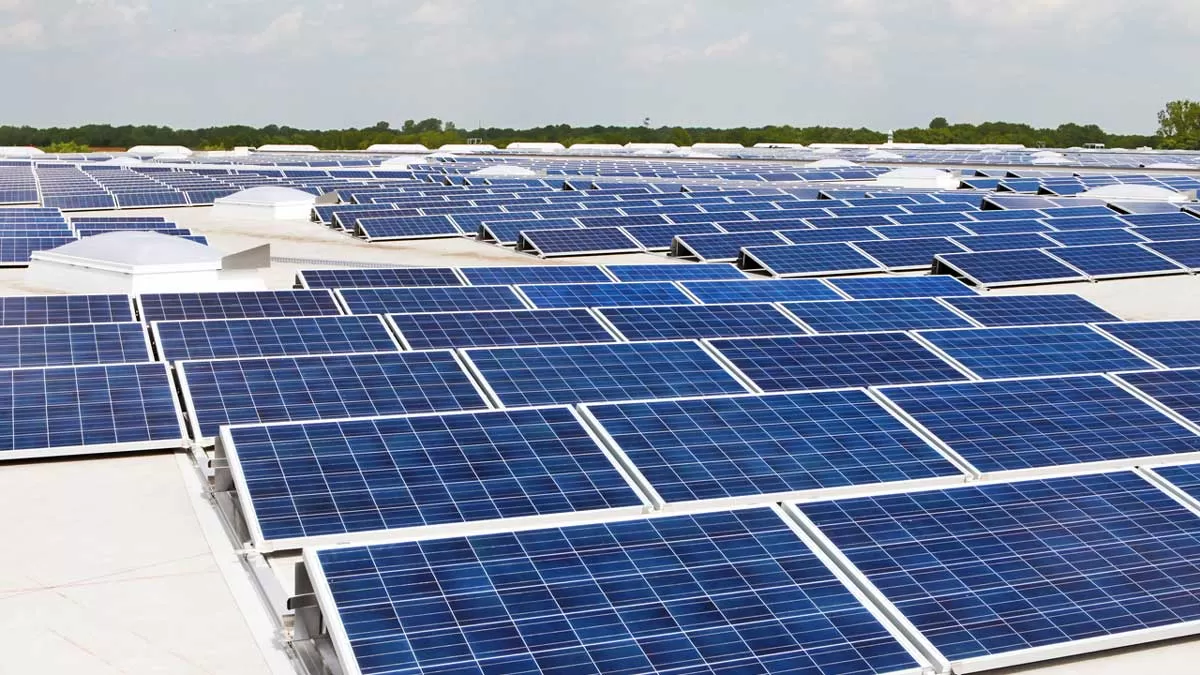
Punjab to Install 20 MW Solar on Public Buildings

HCC Reports Rs 360.7 Million Net Profit for Q2 FY26
HCC E&C has reported a standalone turnover of Rs 9.57 billion and a net profit of Rs 360.7 million for Q2 FY26, compared to Rs 12.03 billion and 50.2 million, respectively, in Q2 FY25. As of September 30, 2025, the Company’s order book stood at Rs 131.52 billion. On a consolidated basis, HCC posted revenue of Rs 9.60 billion versus Rs 14.06 billion in the corresponding quarter last year; the figures are not comparable due to the divestment of Steiner AG in the previous fiscal. Consolidated profit for the quarter was Rs 470.8 million, compared to Rs 630.9 million in Q2 FY25.Financial High..

Carrier Japan’s USX Heat Pump Featured in WIPO’s Green Technology Book
Carrier Japan’s air-cooled modular chiller and heat pump series, Universal Smart X (USX), has been featured in the EXPO 2025 Special Edition of the Green Technology Book, published by the World Intellectual Property Organization (WIPO). Unveiled at EXPO 2025 Osaka, the publication highlights more than 200 impactful energy innovations from across the Asia-Pacific region, showcasing technologies that advance global sustainability. Carrier Japan is part of Carrier Global Corporation (NYSE: CARR), a global leader in intelligent climate and energy solutions.“Being featured in WIPO’s Green Tec..

Beyond Basics: Unique Ideas for Using Distemper Paint Colours in Your Home
Rohit and Nisha had just moved into their first rented apartment in Pune. The place had everything they wanted. Great sunlight, a tiny balcony, and affordable rent. But the walls? A dull, ugly and patchy beige that made even their colourful paintings look tired. “Let’s colour the walls,” Nisha said enthusiastically. Rohit looked at her with a calculator in hand. “You mean spend half our salary on emulsions?”Just then, their neighbour popped in and said, “I have been using distemper paint on walls for years. It is affordable, looks good, and you can wipe it clean when your friends s..
















